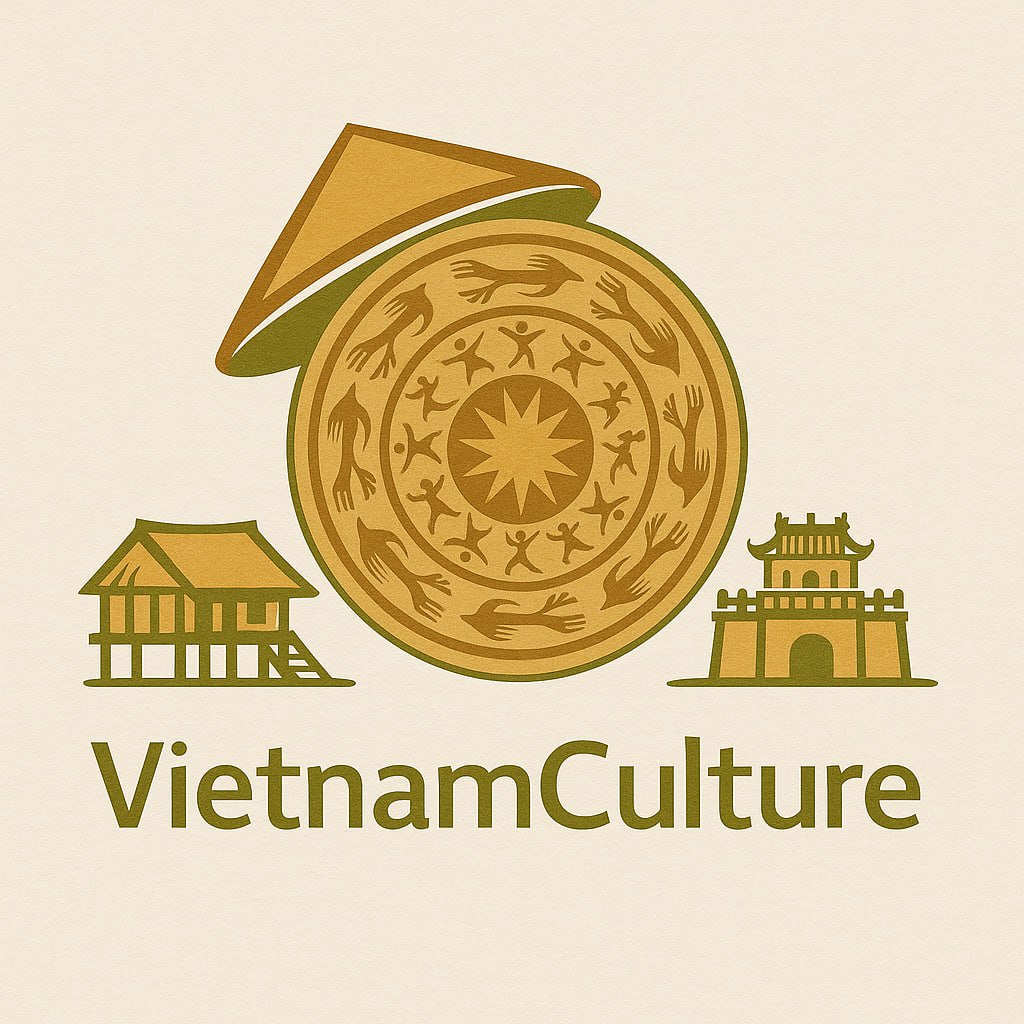Vietnam is a land of timeless beauty and profound cultural heritage. Beyond its lush landscapes and rich culinary traditions, one of Vietnam’s most powerful yet sometimes overlooked treasures is its art. From ancient lacquer paintings and folk music to contemporary visual arts and immersive performances, Vietnamese art embodies the soul of the nation.
As tourism becomes increasingly experiential, exploring Vietnamese art has become a meaningful way for visitors to engage with the country’s history, values, and people. In this article, we will explore the various dimensions of Vietnamese art—from traditional performances to modern installations—and how travelers can truly immerse themselves in this vibrant world of creativity.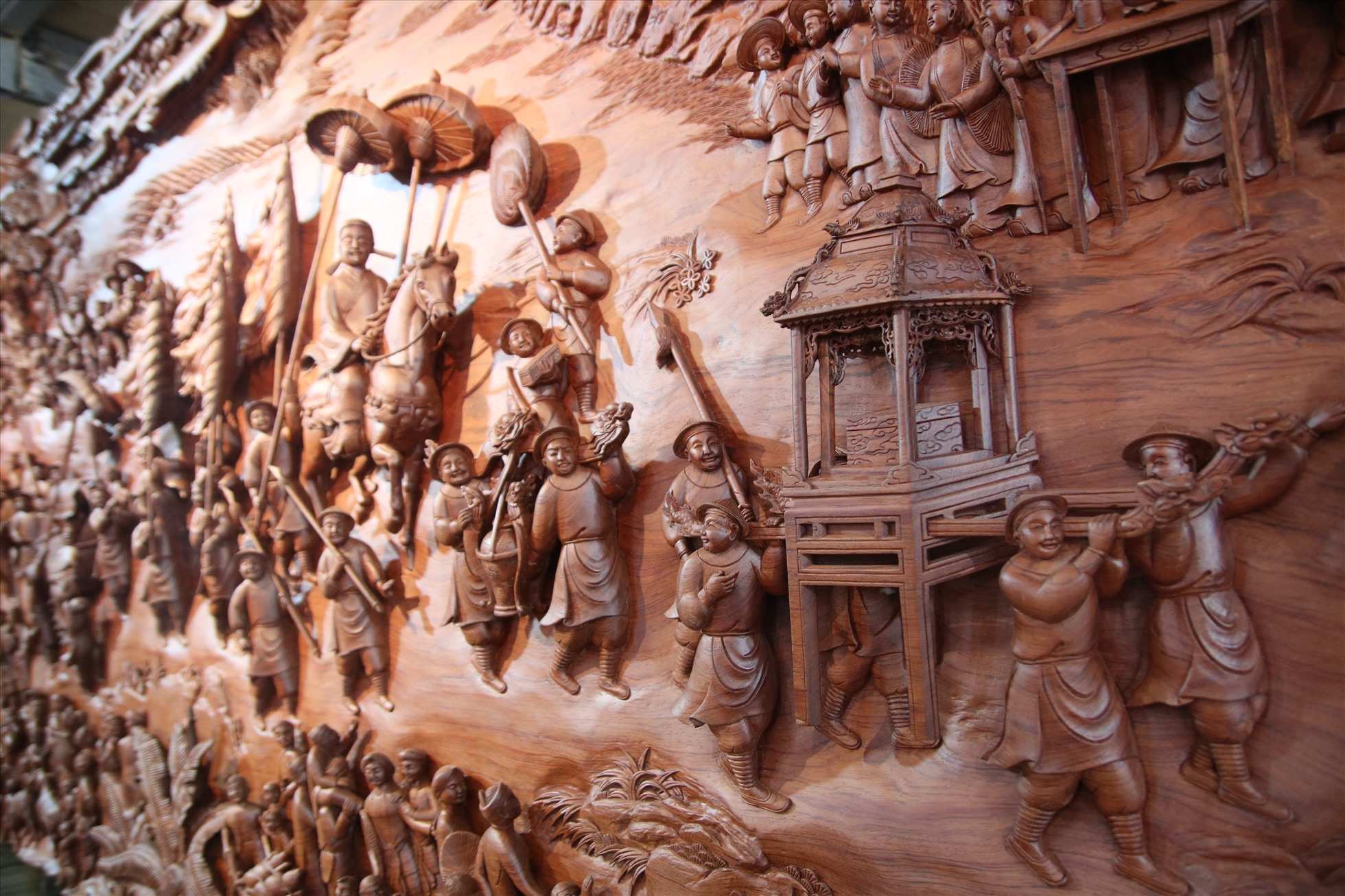
Traditional Performing Arts: The Cultural Backbone
Chèo – The Satirical Theater of the North
Chèo is a form of traditional Vietnamese folk theater that blends storytelling, music, dance, and comedy. Originating from the Red River Delta, it often features humorous and moral tales performed in open-air village courtyards.
Where to experience it:
- Hanoi Chèo Theater
- Cultural villages in Bắc Ninh, Thái Bình, or Ninh Bình
Tuồng – Classical Drama with Grand Emotion
Also known as Hát Bội, Tuồng is a dramatic form of theater that expresses patriotism, morality, and loyalty. With elaborate costumes, powerful vocals, and stylized movements, Tuồng delivers a deep artistic and emotional impact.
Where to experience it:
- Nhà hát Tuồng Việt Nam (Vietnam Tuồng Theater)
- Festivals in Huế
Cải Lương – Southern Opera
Cải Lương is a Southern Vietnamese form of modern folk opera that fuses Western instruments with traditional singing styles. It flourished in the 20th century and often explores stories of love, family, and social justice.
Where to experience it:
- Ho Chi Minh City theaters
- Mekong Delta cultural shows
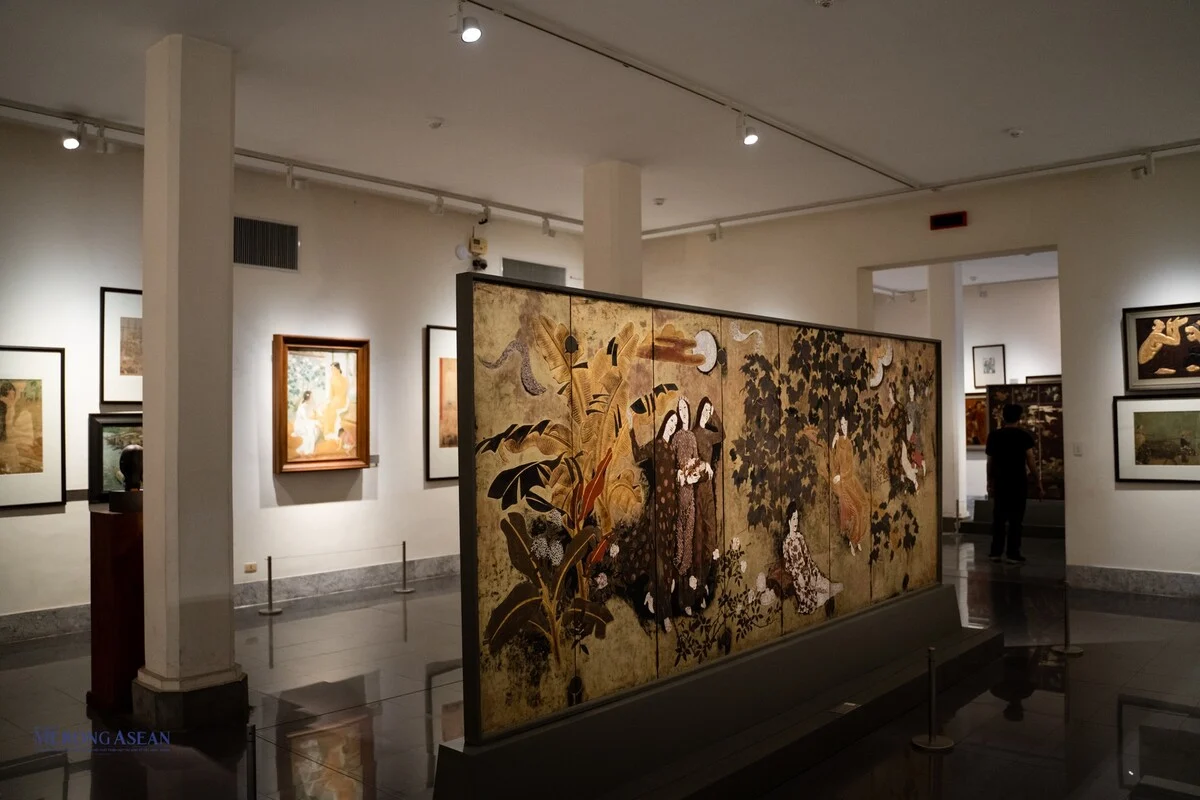
2. Vietnamese Music: A Mosaic of Regional Identity
Folk Songs and Regional Sounds
Each region in Vietnam has its own musical traditions:
- Quan họ Bắc Ninh – Romantic duets between men and women
- Hò and Lý songs – Work songs from Central and Southern Vietnam
- Xẩm singing – Street performances by traveling musicians
Ca Trù – The Scholarly Sound
Ca Trù is a ceremonial form of music combining female vocals, poetry, and traditional instruments like the đàn đáy and phách (wooden clappers). Listed by UNESCO as Intangible Cultural Heritage in Need of Urgent Safeguarding.
Where to experience it:
- Ca Trù Thăng Long Club in Hanoi
- Temple festivals in Northern Vietnam
Đờn Ca Tài Tử – Musical Heritage of the South
Đờn ca tài tử is a form of chamber music originating in the Mekong Delta. Recognized by UNESCO, it involves a mix of instruments and emotive singing, often performed on boats or in communal gatherings.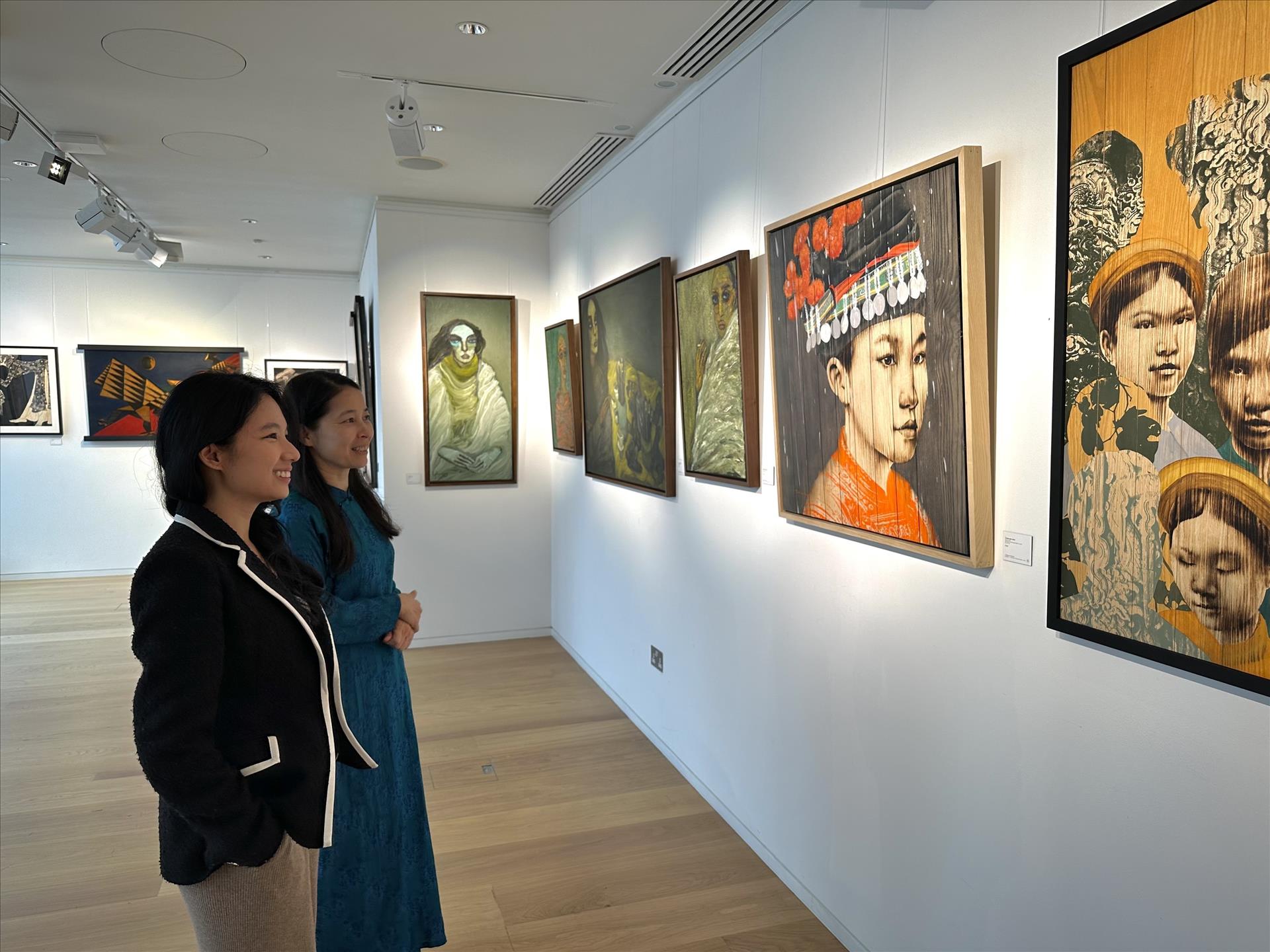
3. Visual Arts: Painting, Sculpture, and Lacquer
Đông Hồ and Hàng Trống Folk Paintings
Vietnam’s folk painting traditions reflect everyday life, folklore, and spiritual beliefs.
- Đông Hồ paintings: Created using woodblocks and natural dyes, often featuring animals and proverbs.
- Hàng Trống paintings: More detailed and colorful, used in festivals and rituals in Hanoi.
Lacquer Art (Sơn Mài)
This ancient technique involves multiple layers of lacquer and polishing, resulting in luminous, durable artworks. It is one of the most distinctive forms of Vietnamese art, often blending abstract concepts with folklore.
Contemporary Vietnamese Artists
Modern Vietnamese painters like Bùi Xuân Phái and Nguyễn Gia Trí have earned international recognition. Today, galleries in Hanoi, Ho Chi Minh City, and Đà Nẵng display a wide range of Vietnamese modern and contemporary art.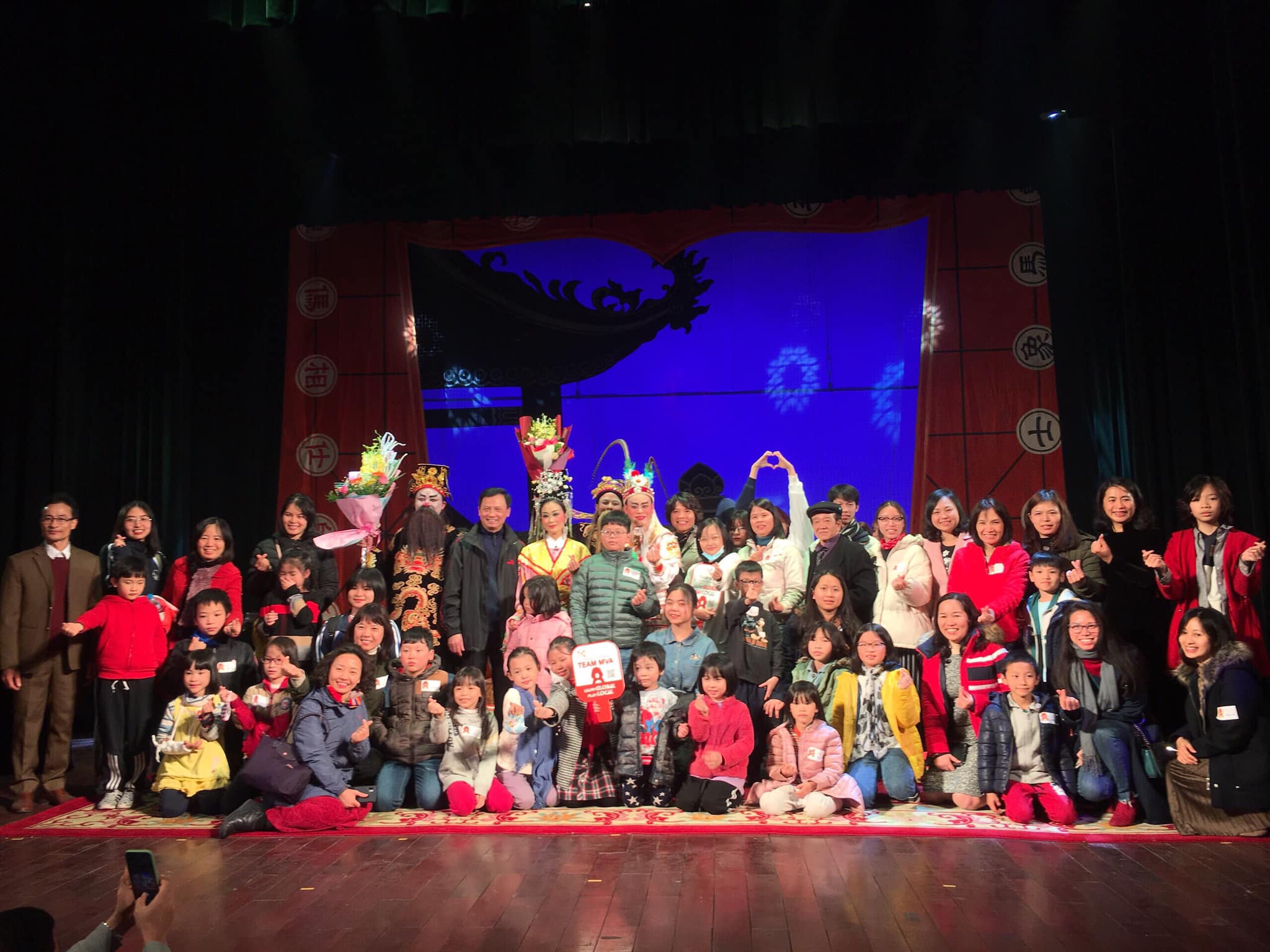
4. Vietnamese Sculpture and Temple Art
From stone carvings in ancient temples to bronze statues in pagodas, sculpture plays a vital role in Vietnam’s spiritual and cultural expression.
Highlights:
- The One Pillar Pagoda and its Buddhist carvings
- Cham sculptures at the Museum of Cham Sculpture in Đà Nẵng
- Wood carvings in communal houses and ancestral altars
5. Water Puppetry: A Unique Vietnamese Invention
Water puppetry (Múa rối nước) originated over a thousand years ago in the rice paddies of Northern Vietnam. Puppeteers stand in water behind a screen and use rods to control wooden puppets, enacting folk tales and humorous skits.
Where to experience it:
- Thăng Long Water Puppet Theater (Hanoi)
- Lotus Water Puppet Theater (Saigon)
- Village performances in Bắc Giang, Hải Dương
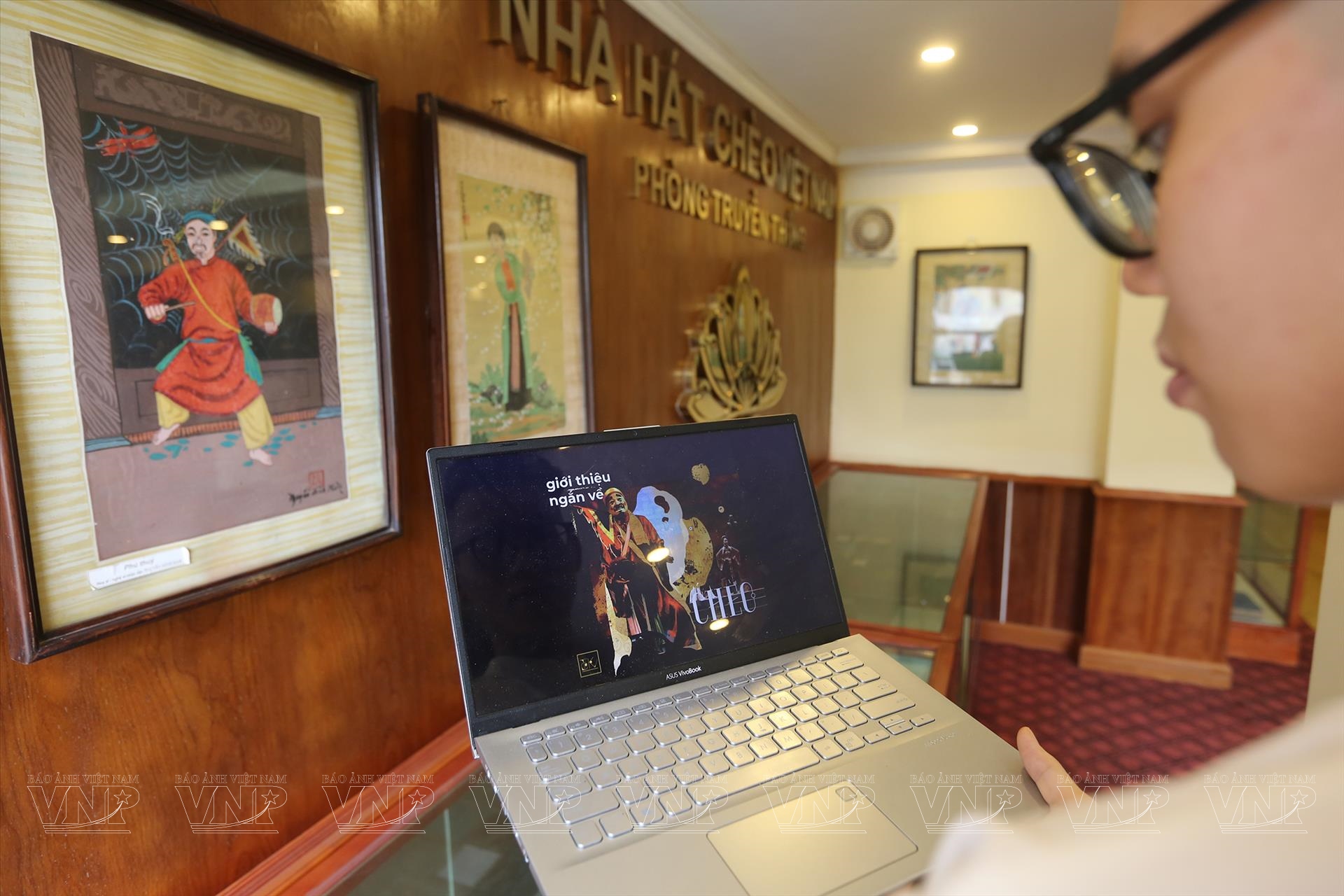
6. Contemporary Installations and Experimental Art
Modern Vietnamese artists are increasingly engaging with global movements like performance art, video installations, and interactive exhibitions—while still retaining a local perspective.
Notable venues:
- Vincom Contemporary Art Center (Hanoi)
- The Factory Contemporary Arts Centre (Ho Chi Minh City)
- Salon Saigon and Manzi Art Space
These spaces provide a platform for new-generation artists to address issues like identity, urbanization, gender, and the environment.
7. Immersive Art Experiences and Live Shows
“Ký Ức Hội An” – Hoi An Memories
A spectacular outdoor performance with over 500 actors reenacting Hoi An’s history on a massive stage. Combining music, dance, light, and costumes, it’s one of the most innovative ways to experience Vietnamese art live.
“The Quintessence of Tonkin” – Tinh Hoa Bắc Bộ
A cultural spectacle performed on a lake, blending water puppetry, folk music, and live narration to depict the traditions of the Red River Delta.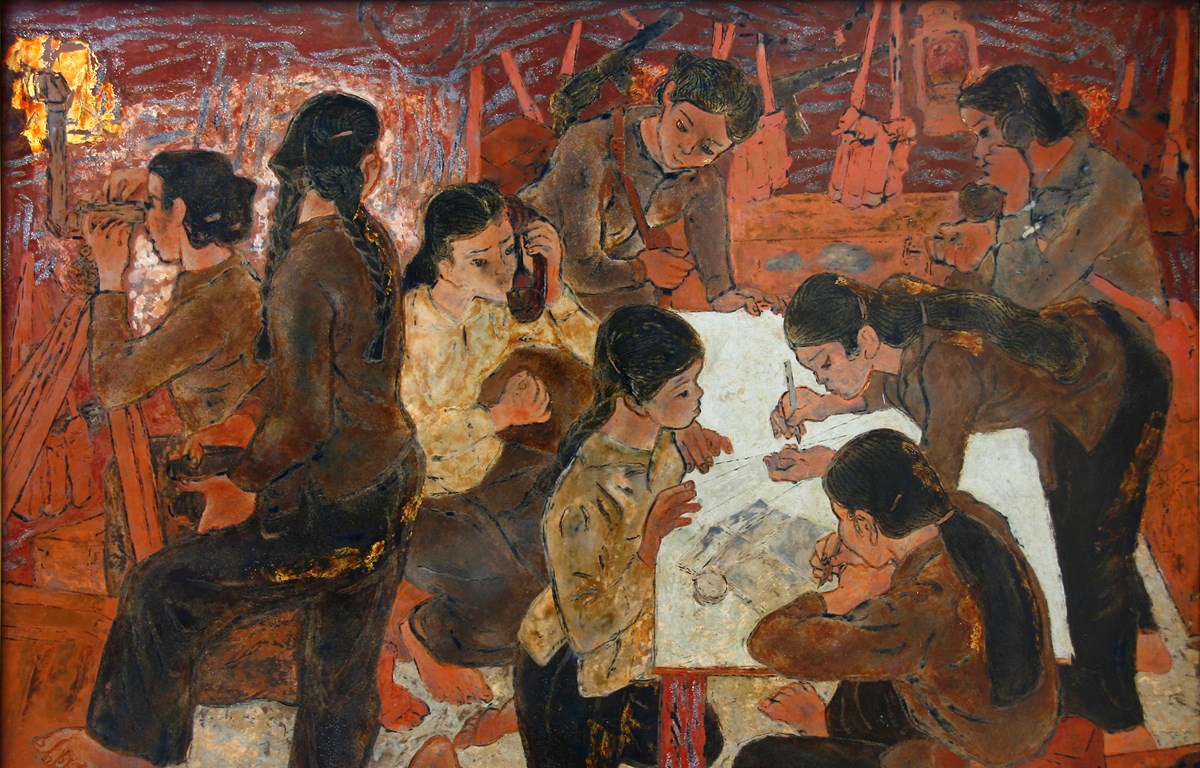
8. Art in Everyday Life: Architecture, Textiles, and Ceramics
Vietnamese Architecture
- Ancient houses in Hội An and Hà Nội
- Imperial architecture in Huế
- Communal houses in Bắc Giang and Phú Thọ
Traditional Textiles
Ethnic minorities like the H’mong, Dao, and Thai produce intricate textiles using handwoven looms and natural dyes. Visitors can join weaving workshops in Sa Pa or Hà Giang.
Ceramics and Pottery
- Bát Tràng village (Hanoi): Porcelain and pottery
- Phù Lãng and Chu Đậu: Traditional kiln techniques
- Tourists can take pottery classes and buy unique souvenirs.
9. Art Education and Cultural Preservation
Vietnam’s artistic heritage is safeguarded through institutions, festivals, and community programs.
- Vietnam University of Fine Arts (Hanoi)
- Ho Chi Minh City University of Fine Arts
- Cultural festivals like Huế Festival, Đà Lạt Flower Festival
Efforts to include Vietnamese art in school curriculums, museums, and international exhibitions are strengthening its global profile.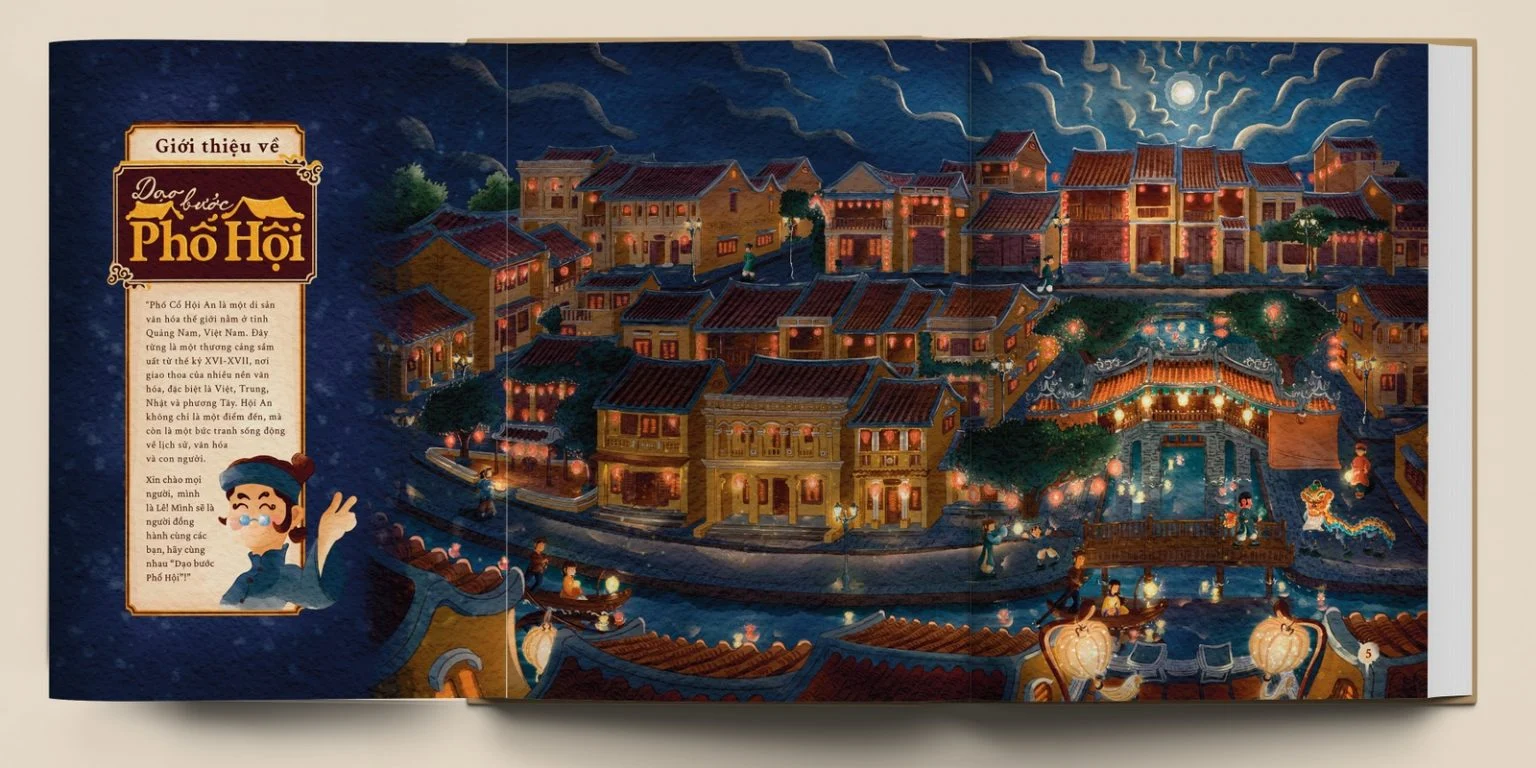
10. Art Tourism: How Travelers Can Engage
Travelers who seek deeper experiences can:
- Visit artisan villages and join workshops
- Attend traditional and contemporary art shows
- Collect local artworks and support emerging artists
- Explore museums like the Vietnam Fine Arts Museum or the War Remnants Museum for artistic interpretations of history
Pro tip: Always check local event calendars—many performances are seasonal or linked to cultural holidays.
Conclusion
Vietnamese art is more than just visual or performative expression; it’s the embodiment of the nation’s soul, history, and values. Whether you’re marveling at a delicate lacquer painting, listening to a Ca Trù performance, or watching puppets dance on water, each moment brings you closer to the cultural heartbeat of Vietnam Travel.
As art tourism evolves, more travelers are seeking meaningful connections. Experiencing Vietnamese art is not just a form of entertainment—it’s a path to understanding a country that’s as poetic as it is powerful.
So next time you visit Vietnam, don’t just see the landscapes—hear the melodies, feel the brushstrokes, and embrace the creativity that has shaped this remarkable culture for centuries.
See more post: Vietnamese music: A cultural journey shaping tourism and identity
